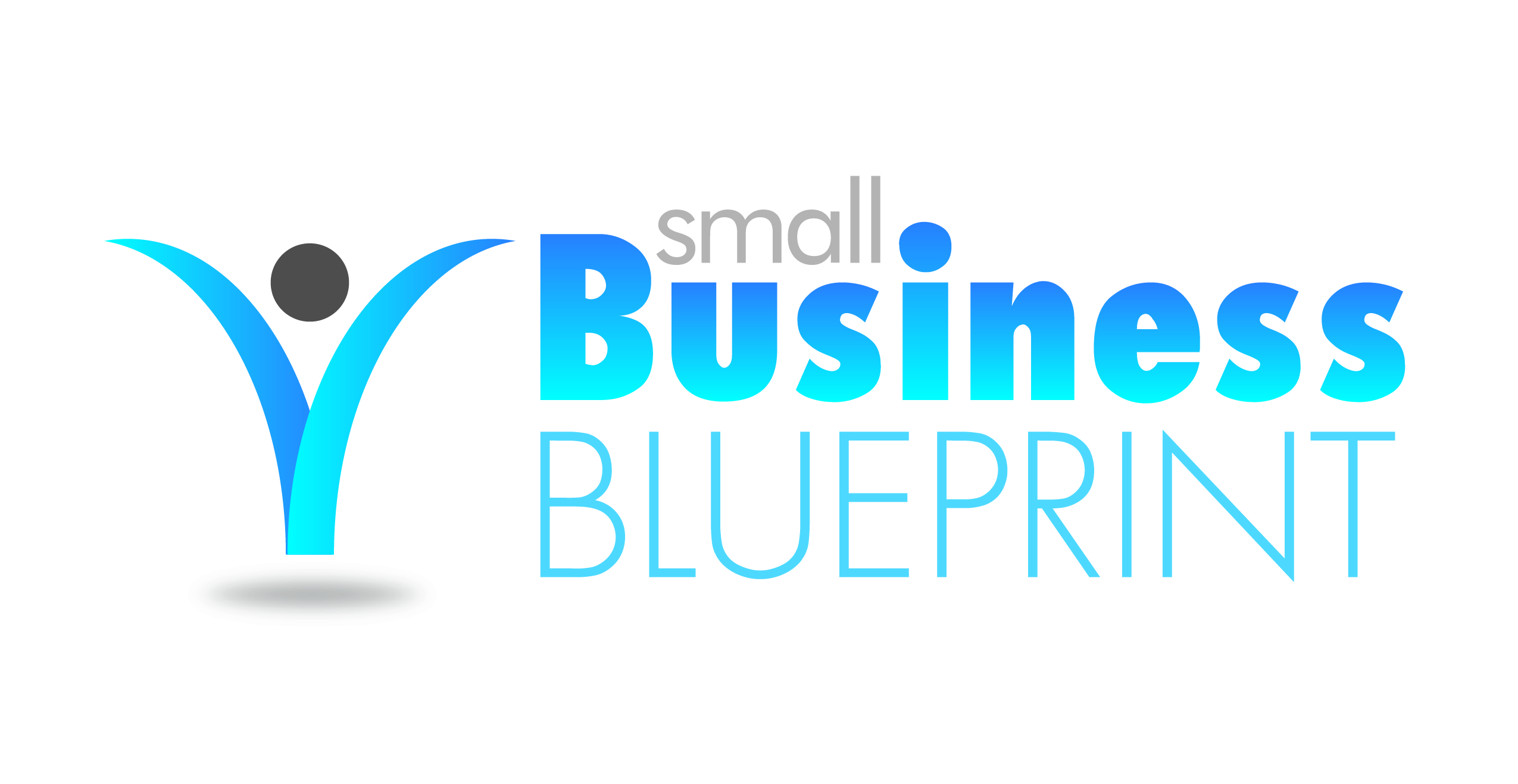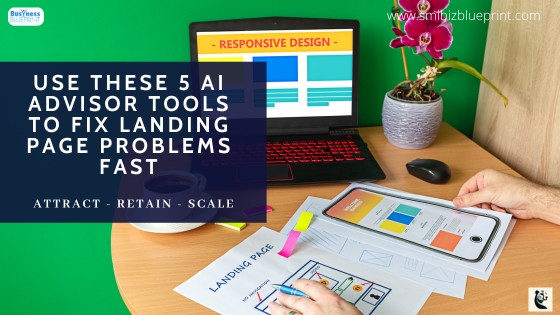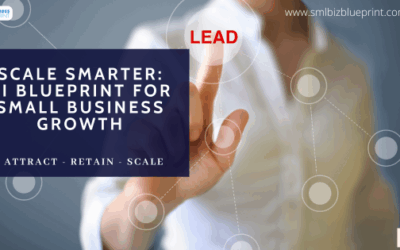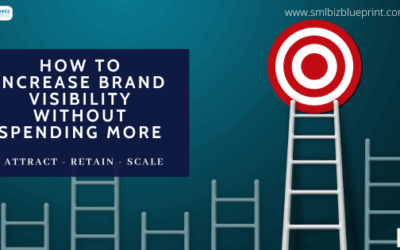A high-performing website or landing page isn’t built by chance — it’s designed with intention.
But spotting flaws in your design, messaging, or user experience isn’t always easy when you’re close to the project.
Smart AI advisors now make it possible to gather instant, actionable feedback on your landing pages or websites, without the guesswork or heavy consulting fees.
These AI tools don’t just measure speed or SEO; they analyse your design, messaging, user flow, and conversion potential — helping you improve performance dramatically.
Here are 5 of the smartest AI advisors to sharpen your landing pages and websites — quickly and effectively.

You’re watching your site traffic climb, but conversions? Barely moving.
Your team tweaks headlines, swaps images, shifts CTA buttons — but it feels like throwing darts blindfolded.
The team is frustrated, deadlines are creeping up, and still, no clear answers.
That’s the reality when you’re relying on gut feelings instead of precise, targeted landing page insights.
Imagine flipping that guesswork into clarity within hours — that’s the shift smart AI advisors create.
#1 Google Gemini (Advanced Website Reviewer)
Overview:
Gemini offers conversational, strategic feedback on your landing page’s structure, messaging, and user journey. Rather than simply scoring technical factors, Gemini thinks like a strategist, offering insights on clarity, persuasion, and user experience (UX) flow.
Key Features:
Contextual feedback on CTA strength, content clarity, UX journey
Highlights confusing navigation or weak messaging
Adapts suggestions based on your goals (sales, lead-gen, engagement)
Pros:
Flexible, natural feedback
Deep content and messaging analysis
Helps align UX with business goals
Cons:
Requires well-structured prompts for precision
No graphical outputs (like heatmaps or page scores)
Ideal Use Cases:
Testing a landing page’s persuasive power before launch
Improving a website’s user journey flow
Refining marketing messaging for better conversions
Stay ahead of the curve!
Subscribe to our newsletter and never miss the latest in business growth and marketing strategies
#2 Hotjar AI (Smart Behaviour-Based Insights)
Overview:
Hotjar has evolved beyond just heatmaps. Its AI feature now provides smart summaries of real user behaviour and AI-generated improvement suggestions, helping you understand how users interact with your page and what to fix.
Key Features:
AI-analysed heatmaps and user recordings
Summarised insights into friction points and engagement patterns
Suggested layout and UX improvements
Pros:
Based on actual user behaviour
Combines visual and strategic advice
Easy to set up and integrate with most websites
Cons:
Needs active user traffic to gather meaningful data
Limited direct copywriting feedback
Ideal Use Cases:
Identifying where users drop off
Optimising page flow and call-to-action placements
Refining layouts for higher engagement
Sam, the marketing manager of a $3M SaaS company, spent weeks reworking a landing page design based on internal team feedback.
It wasn’t until they finally ran it through AI visual analysis that they realised — the biggest problem wasn’t the design, it was a buried CTA nobody noticed.
Thousands of dollars and weeks of energy, wasted solving the wrong issue.
When you bring AI advisors into the early stages, you focus energy where it actually matters — and save critical momentum.
#3 Attention Insight (AI Visual Prediction Advisor)
Overview:
Before launching your landing page, Attention Insight predicts how users will visually interact with your design.
It creates AI-generated heatmaps and clarity scores to show whether your most essential elements, such as CTAS or headlines, are getting enough attention.
Key Features:
Predictive attention heatmaps without live traffic
Clarity scoring system
Industry-specific benchmarking
Pros:
Fast pre-launch feedback
Visualises user attention hot zones
Helps improve content hierarchy immediately
Cons:
Focuses purely on visual interaction, not complete UX analysis
Works best with uploaded designs or static URLs
Ideal Use Cases:
Validating landing page designs before going live
Ensuring that CTAs and offers are highly visible
Improving visual hierarchy without A/B testing

#4 Userlytics AI (Usability Testing + Feedback Generator)
Overview:
Userlytics combines real user testing with AI-driven usability analysis.
Upload your landing page or website, have users interact with it, and receive AI-generated feedback that identifies friction points, confusing flows, and potential UX improvements.
Key Features:
Usability testing with AI-summarised findings
Session recording analysis
Identification of pain points and drop-off causes
Pros:
Based on actual user behaviour
Highlights specific areas causing friction
Effective for both mobile and desktop experiences
Cons:
Requires setting up test scenarios
Higher cost for larger-scale testing
Ideal Use Cases:
Launching complex checkout flows or sign-up forms
Improving onboarding sequences
Diagnosing low-conversion landing pages
Don’t miss a beat in your business growth journey!
Join Pulse and stay ahead with expert tips and actionable advice every month.
Subscribe to Pulse Today
#5 Fermat UX Analyser (Automated CRO Advisor)
Overview:
Fermat focuses specifically on improving SaaS, lead generation, and e-commerce landing pages.
It automatically analyses your page and provides clear, actionable UX and conversion tips — without needing coding or data setup.
Key Features:
CTA placement and design feedback
Colour contrast and visual accessibility analysis
Conversion-focused layout recommendations
Pros:
Quick, automated landing page analysis
Tailored for conversion optimisation
Easy-to-digest action plans
Cons:
Newer platform, evolving feature set
More suitable for SaaS, e-commerce, and lead-gen businesses
Ideal Use Cases:
Optimising SaaS pricing pages
Boosting lead magnet sign-up pages
Fine-tuning product landing pages for better conversions
Quick Comparison
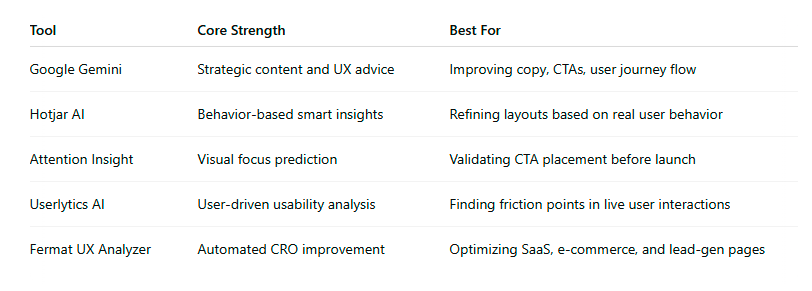
Before using AI advisors, every landing page launch felt like a gamble: build, hope, cross fingers, wait.
Now? Teams get predictive feedback before the page even goes live, correct critical flaws in hours, and launch with confidence — not crossed fingers.
No more “hope marketing.”
Just smart, repeatable systems that grow conversion rates predictably.
Conclusion
Today, smart AI advisors offer businesses a significant advantage:
You no longer need to rely on intuition or expensive consultants to improve your landing pages.
Whether you’re tuning your messaging, fine-tuning your CTA placement, or diagnosing usability bottlenecks, these tools let you gather immediate, actionable feedback — dramatically increasing your speed to optimisation.
If you’re serious about increasing your conversion rates and creating high-performing digital experiences, using AI advisors isn’t optional — it’s essential.
FAQs
Q1: What are AI advisors for landing pages?
A1: AI advisors are tools that analyse different aspects of your landing page, such as messaging, design, UX, visual focus, and user behaviour, and provide instant, actionable feedback. They help you spot weaknesses and improve your pages faster without relying solely on manual testing or expensive consultants.
Q2: How are AI advisors different from traditional landing page analysers?
A2: Traditional analysers often focus on technical factors like page speed or SEO errors.
Smart AI advisors go further by evaluating copywriting strength, user journey clarity, CTA effectiveness, visual hierarchy, and real user behaviour patterns, offering much deeper and more strategic insights.
Q3: Which AI advisor is best for improving messaging and CTAs?
A3: Google Gemini is highly effective for analysing messaging clarity, emotional appeal, CTA placement, and user journey flow. It acts like a strategic reviewer, giving you detailed feedback on how persuasive and clear your content really is.
Q4: Can I use more than one AI tool at the same time?
A4: Absolutely — and it’s recommended.
Each AI tool specialises in a different area (visuals, behaviour, usability, messaging), so combining tools like Gemini, Hotjar AI, and Attention Insight gives you a full 360-degree audit of your landing page, leading to sharper, faster improvements.
Q5: How much experience do I need to use AI landing page advisors?
A5: Minimal.
Most tools like Attention Insight, Hotjar AI, and Fermat UX Analyser are built with user-friendly dashboards and simple upload or URL submission processes. For deeper tools like Userlytics AI, some basic familiarity with user testing setup is helpful, but not essential.
Q6: Will AI advisors replace real user testing?
A6: No — AI advisors are powerful accelerators, but they don’t fully replace real user feedback.
They are ideal for early-stage audits, fast optimisations, and uncovering hidden problems before live testing.
Best practice: Use AI advisors first, then validate major changes with real user testing if possible.
Q7: How fast can I expect results after using AI tools to optimise my landing page?
A7: You can often see measurable improvements in user engagement, click-through rates, and conversions within days or weeks, especially when fixing major UX, messaging, or CTA issues revealed by AI feedback.
However, continuous testing and refinement always deliver the best long-term results.
Other Articles
How to Scale Your Marketing with AI—Without Hiring a Single Person
These 5 AI Mistakes Will Quietly Kill Your Business
Automate Your Outbound Sales Today With These 5 AI Voice Tools
